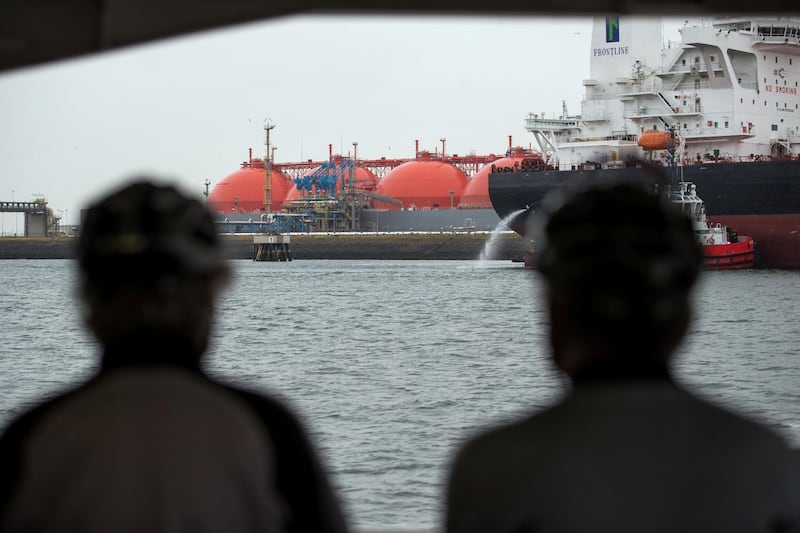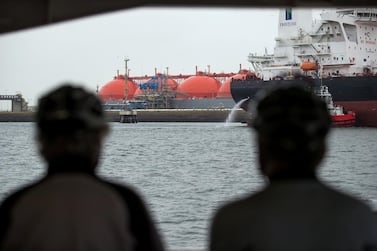Global demand for liquefied natural gas is set to fall 2.7 per cent year on year, or three million tonnes, in its first seasonal crunch since 2012, according to Woods Mackenzie.
Lockdown measures to contain the coronavirus pandemic have dealt a blow to demand for LNG, a cleaner fossil fuel increasingly used to power Asian economies such as China.
“Covid-19 will drive a global contraction in LNG deliveries through summer 2020 compared to the previous year," Robert Sims, Wood Mackenzie research director, said.
"This will be the first seasonal contraction in eight years. The coming winter season [2020 to 2021] could [result in] a modest five million tonne improvement in global LNG demand compared to the previous winter season.”
Demand in Japan, the world’s largest LNG importer, fell in the first quarter, with the decline continuing in April.
While the country has not enforced a full-scale lockdown, school closures, strict social distancing and remote working are expected to dent demand through the second quarter.
Japan’s second-quarter demand is expected to fall 3 per cent to 15.8 million tonnes compared to the second quarter of 2019.
China, which is pushing to revive economic growth, will now focus on industrial demand recovery. While the country reduced pipeline imports, its LNG demand remained sound.
"Coupled with a low spot price environment, the temporary waiver of US LNG import tariffs and industrial recovery, China managed to increase LNG imports in the first three months of 2020,” Wood Mackenzie said.
China’s second-quarter consumption is set to increase by 12 per cent year on year to 15 million tonnes as it focuses on economic recovery.
Consumption of the super-chilled fuel in India, another top importer, grew at record 19 per cent year on year, driven by low spot prices in the first quarter.
However, India's strict lockdown measures, which brought the country to a standstill, are expected to reverse this.
Demand is projected to fall to four million tonnes in the second quarter, a 24 per cent decline compared to the same period last year.
Meanwhile, LNG capacity utilisation in the US, the world’s largest producer for gas, fell to 65 per cent by mid-May, making the country a swing producer, according to IHS Markit.
A swing producer is a supplier of a commodity with significant spare capacity and the ability to respond to price volatility by increasing or decreasing supply rapidly in response to market conditions.
Wood Mackenzie anticipates that US terminals will be underutilised as margins for several energy companies remain negative.
"What is new is that our balances and price outlook suggest that some degree of underutilisation will now also happen through [the] summer [of] 2021,” Mr Sims said.
The decline in LNG demand will affect Australia and Qatar, the world's two largest exporters.
Australia became the largest exporter of LNG last year, shipping out about 77.5 million tonnes.
Qatar shipped 75 million tonnes while the US exported 34.3 million tonnes.








